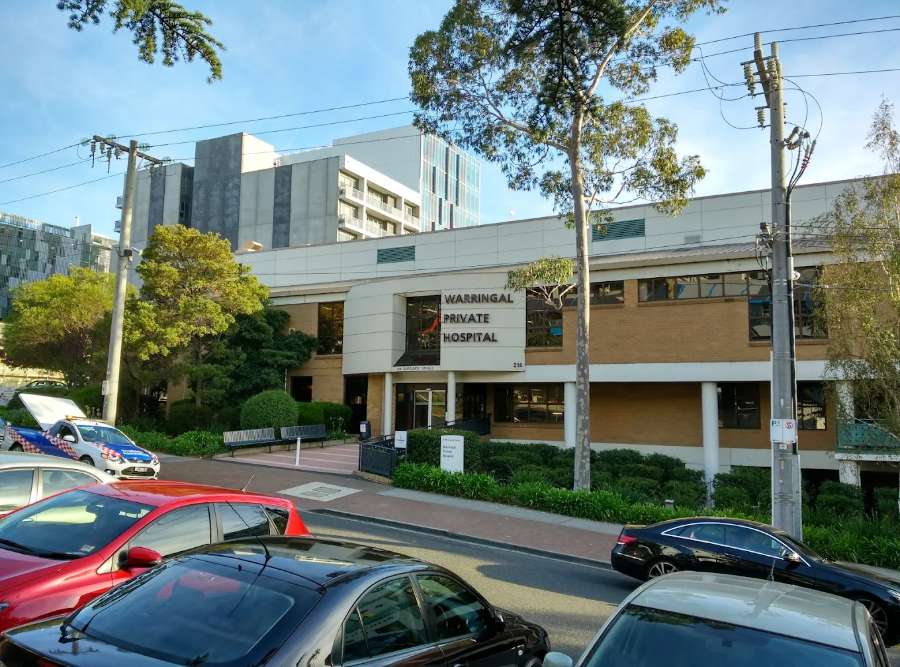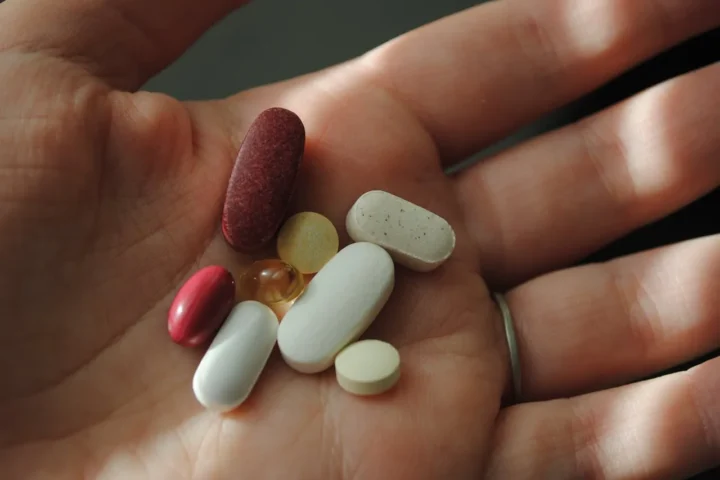A brain pacemaker that can actually hear and respond to your brain’s signals may sound like science fiction, but for people with Parkinson’s disease, this technology is now reality. The FDA approved Medtronic’s BrainSense™ adaptive deep brain stimulation (aDBS) system in February 2025, marking a significant advancement from traditional “always-on” systems to personalized, responsive therapy.
For the estimated 10 million people worldwide living with Parkinson’s, this advancement could mean fewer side effects and better control of symptoms, especially walking difficulties that can lead to dangerous falls.
Could Adaptive DBS Help Me?
1. Have you had Parkinson’s for at least 4 years?
2. Do medications like levodopa currently help your movement?
3. Have you noticed trouble walking or freezing up?
The Evolution of Brain Pacemakers
Traditional deep brain stimulation works like a steady metronome, delivering consistent electrical pulses to specific brain regions regardless of the patient’s changing symptoms or brain activity. While effective for many, this one-size-fits-all approach has limitations.
Standard DBS systems deliver continuous stimulation without any adjustment based on brain activity. This can help control tremors and rigidity, but often fails to adequately address gait problems, which severely impact quality of life.
Continuous high-amplitude stimulation can shorten battery life and—if set too high—may exacerbate dyskinesias.
How BrainSense™ Listens to Your Brain
The newly FDA-approved BrainSense™ technology works differently. The system includes sensors that detect local field potentials (LFPs)—essentially the electrical “chatter” between brain cells. In Parkinson’s disease, excessive beta-band oscillations (brain waves between 13-30 Hz) correlate with motor symptoms.
When these beta oscillations exceed a threshold, indicating worsening symptoms, the device automatically increases stimulation. When brain activity normalizes, stimulation decreases or pauses.
The ADAPT-PD clinical trial, which led to FDA approval under PMA P960009S478, demonstrated that this adaptive approach maintained equivalent symptom control while delivering stimulation more efficiently than continuous DBS.
“Adaptive deep brain stimulation will help revolutionize the approach to therapeutic treatment for patients with Parkinson’s disease,” said Dr. Helen Bronte-Stewart, global principal investigator for the ADAPT-PD trial. “The transformative personalized care we can achieve through automatic adjustment greatly benefits patients receiving therapy that adapts to their evolving needs.”
Machine Learning for Better Walking
While adaptive stimulation represents one breakthrough, researchers at UCSF have developed another innovation focused specifically on walking problems—one of the most debilitating aspects of Parkinson’s.
Their approach, published in npj Parkinson’s Disease on June 18, 2025, uses a composite metric called the Walking Performance Index (WPI) that combines measurements of step length, stride velocity, and arm swing.
Researchers created machine learning algorithms that can find optimal stimulation patterns for each individual patient. By analyzing how specific brain patterns correlate with walking quality, they can personalize settings that stabilize gait without causing side effects.
The study found that reduced beta activity in the globus pallidus during specific phases of walking correlated with better outcomes. Patients using these optimized settings showed measurable improvements in gait stability and fewer gait interruptions.
Real-World Access and Costs
Despite promising clinical results, patients considering adaptive DBS face practical considerations. The procedure and device costs can be substantial, though out-of-pocket expenses vary by insurance coverage.
Medicare covers DBS procedures, and most commercial insurers follow these guidelines, though specific coverage details vary. Patients should expect a thorough pre-authorization process before approval.
Who Can Benefit?
Not everyone with Parkinson’s is a candidate for adaptive DBS. Ideal patients typically have (recommended):
- At least 4 years of Parkinson’s disease duration
- Motor fluctuations despite optimized medication
- Good response to levodopa (at least 30% improvement in UPDRS motor scores during testing)
- No severe cognitive impairment
The evaluation process involves a multidisciplinary team including neurology, neuropsychology, and neurosurgery assessments, plus MRI scans for surgical planning.
Safety Profile and Battery Life
The safety profile of adaptive DBS is comparable to standard DBS, with potential complications including infection, lead migration, and eventual battery depletion.
The adaptive nature of the system potentially extends battery life since stimulation isn’t continuously at maximum levels. However, the additional sensing capabilities do consume power.
The system uses artifact rejection algorithms to ensure it’s responding to actual brain signals rather than movement or electrical noise. The Percept™ PC neurostimulator is MR-conditional for both 1.5T and 3T MRI scans under specified conditions.
Global Availability
Following FDA approval in February 2025, the European CE Mark was granted in January 2025. A gradual global rollout is underway.
FDA’s approval letter mandates annual safety and efficacy reports for 5 years, with post-market surveillance ongoing.
Beyond Motor Symptoms
While current applications focus primarily on motor symptoms, researchers are exploring adaptive DBS for non-motor Parkinson’s symptoms.
UCSF is investigating adaptive DBS specifically for freezing of gait with clinical trials currently underway. Preliminary studies exploring adaptive DBS for depression are also in progress.
“The ADAPT-PD trial (NCT04547712) is continuing to evaluate the use of two different ways of delivering adaptive DBS, and comparing it to conventional DBS, in 85 adults with Parkinson’s disease. The study is expected to be completed in October 2025, gathering further evidence of how aDBS can help improve the symptoms of PD,” according to the American Parkinson Disease Association. “APDA is excited to see this new era in DBS unfold, with more personalized treatment provided to people with PD, leading to more precise symptom management.”
Data Privacy Considerations
The neural recordings collected by BrainSense™ devices are stored on encrypted patient controllers. Data transfer to cloud systems requires explicit patient consent under HIPAA/HITECH guidelines, addressing emerging concerns about “brain data” privacy.
Market Growth
The global DBS market is projected to grow substantially through 2030, with adaptive systems representing a growing segment within this market.
“With more than 40,000 DBS patients served worldwide with Medtronic Percept™ devices, BrainSense™ Adaptive DBS presents the largest commercial launch (by several magnitudes) of BCI technology – ever,” according to Medtronic’s press release.
Medtronic faces competition from Boston Scientific’s Vercise™ Genus system, which also senses local potentials but lacks FDA adaptive clearance as of mid-2025.
Looking Forward
The combination of adaptive sensing and machine learning optimization represents a fundamental shift in how Parkinson’s disease is treated. Ongoing studies are evaluating quality-of-life improvements in adaptive DBS recipients.
“This new era in Parkinson’s care represents more than a decade of intentional innovation—ushering in personalized neuromodulation at scale that responds to a patient’s changing needs, equipping clinicians with unparalleled insights, and setting a new standard for DBS therapy,” said Brett Wall, executive vice president and president of the Medtronic Neuroscience Portfolio.
For patients and clinicians, these technologies offer personalized therapy options that respond to individual brain patterns rather than applying one-size-fits-all solutions. As research continues and technology advances, these systems may become more accessible, affordable, and effective for the millions worldwide affected by Parkinson’s disease.


















